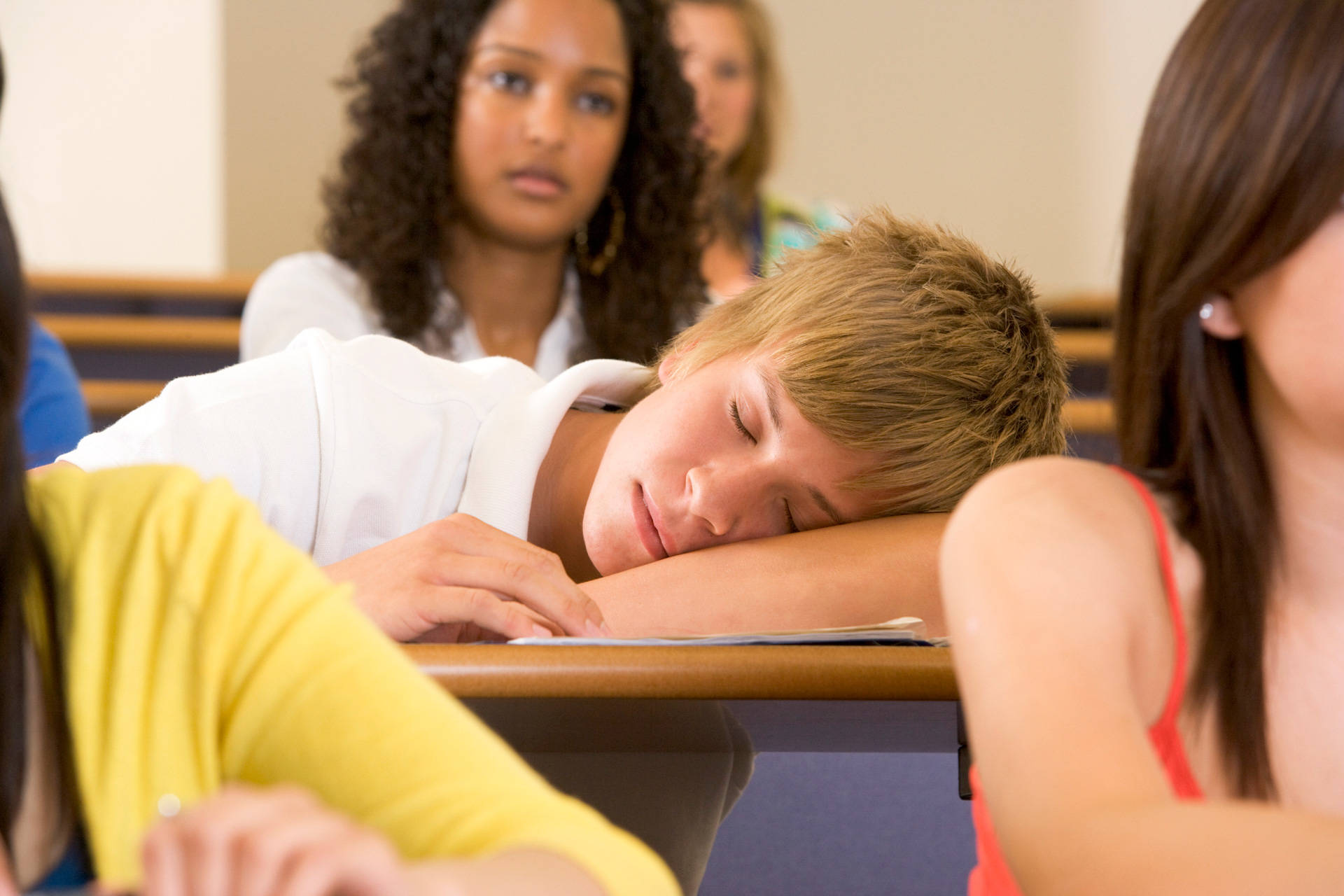But there’s disagreement on the best way to address the problem.
Some observers say parents need to buckle down and impose stricter bedtimes, while others, like the American Academy of Pediatrics, point to a “substantial body of research” showing that later school start times alone can reverse the negative effects of sleep deprivation among teens.
Currently, California schools are free to begin the schoolday whenever they’d like, and only one in five middle and high schools start as late as Portantino’s bill would require. Many also host sports practices and offer “zero period” classes before the schoolday technically begins, although the bill would not prohibit these early options.
Opponents such as the California School Boards Association say SB 328 would wreak havoc on working parents’ schedules and cause districts’ transportation costs to skyrocket.
Still, Portantino says he’s siding with science and calls the proposal a response to a “public health crisis” that California shouldn’t ignore.
“Schools can’t use ceiling tiles with asbestos because we know it causes cancer. They can’t put lead paint on the walls because we know it causes brain damage. And we shouldn’t let them start school so early when we know it leaves our children sleep-deprived,” Portantino said.
The value of a good night’s sleep isn’t in dispute, said Nancy Chaires Espinoza, a lobbyist for the California School Boards Association, the measure’s biggest critic.
“We recognize the importance of sleep. Of course we do. And we don’t oppose later school start times,” Chaires Espinoza said. “We oppose this bill because we don’t think a one-size-fits-all approach will result in kids getting any more rest.”
Chaires Espinoza predicts that most parents won’t be able to modify their work schedules to accommodate the policy change and that they’ll wind up dropping off their children around the same time they do now, regardless of whether school is in session.
The California State PTA, however, supports the bill.
Flipping the busing schedule so that young children who naturally shoot up out of bed early get driven to school first isn’t cost prohibitive, but it wouldn’t work either, she said. That would require sending kids to elementary school in the dark for part of the year—something parents oppose.
She also rejected the applicability of research frequently cited by Portantino as proof of his proposal’s value, noting that the 2014 study, authored by University of Minnesota researcher Kyla Wahlstrom, wasn’t conducted in California.
The study tracked 9,000 students attending eight public high schools in three states and found that when schools start later than 8:30 am, more than 60 percent of students are able to get at least eight hours of sleep. Those students report fewer signs of depression, less caffeine use, better grades, higher standardized test scores and fewer absences.
And when schools shifted their start times from 7:35 a.m. to 8:55 a.m., the number of car crashes involving teen drivers ages 16 to 18 dropped by 70 percent, the study found.
“The health benefits and the reduction in risky behavior are clear,” Wahlstrom said. “Whether the public health arguments outweigh the local control arguments is for the Legislature to decide.”
The short-term benefits of later school start times may be well documented, but the long-term benefits are more murky, say Ian Campbell and Irwin Feinberg, University of California at Davis researchers who study adolescent sleep and warn that Portantino’s promises about what the bill can do may not pan out.
They pointed to a 2016 study that examined the impact of a New York high school’s delayed start over several years and found that the increases in sleep that students experienced at first dissipated over time as they gradually pushed back their bedtimes. Sleepiness among adolescents may also be a function of biology, they said.
“It would be reckless to make such a sweeping change without the evidence to back it up, and we find the evidence in this case to be pretty weak,” said Feinberg, who called the American Academy of Pediatrics’ recommendation “premature.”
SB 328 has already cleared the state Senate and will be taken up by the Assembly Appropriations Committee when lawmakers return from summer recess later this month.
Gov. Jerry Brown hasn’t commented on the legislation, but given his penchant for local control, some observers say he’s unlikely to support the measure should it reach his desk.
CALmatters.org is a nonprofit, nonpartisan media venture explaining California policies and politics.
